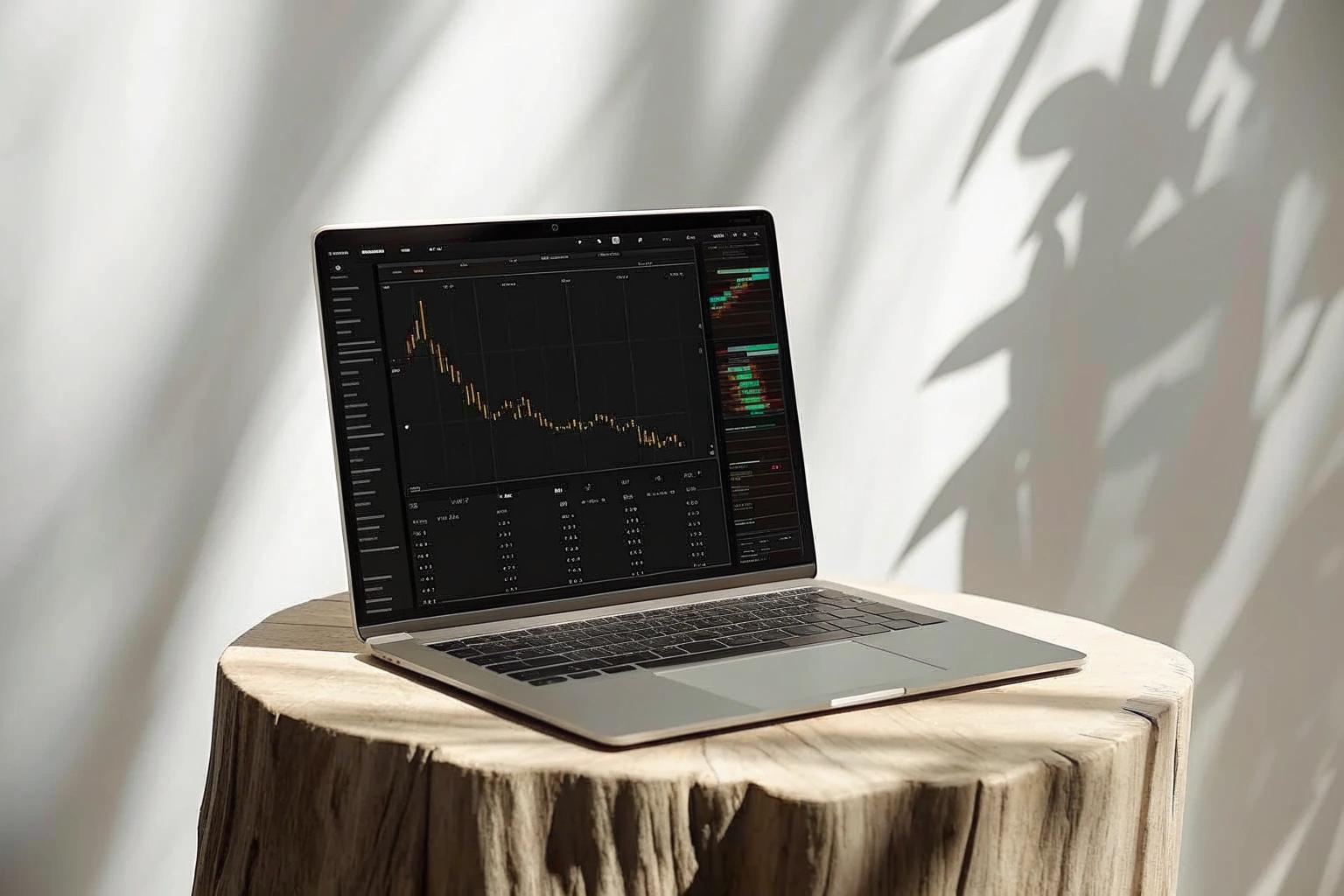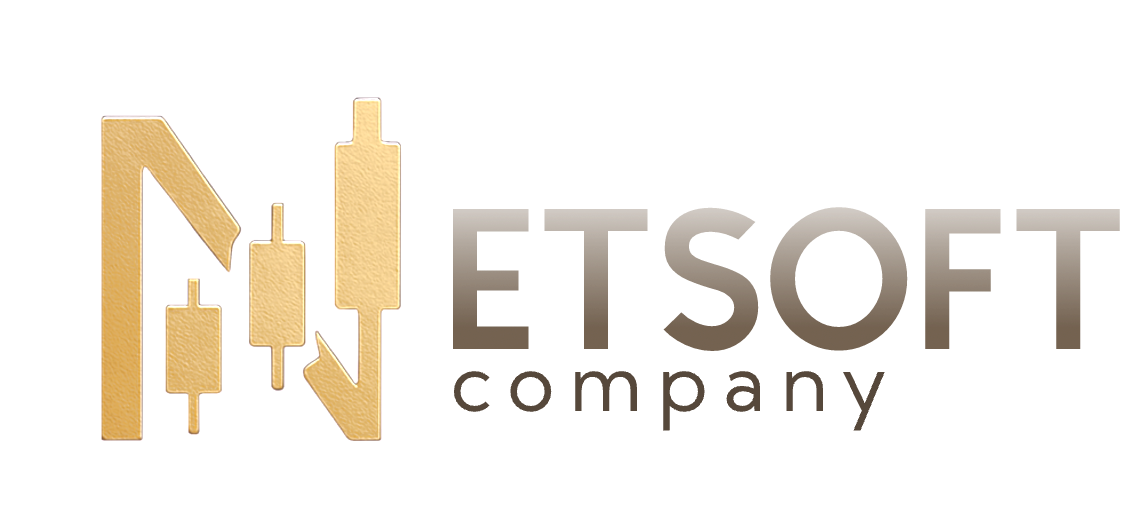What Is a Prime Brokerage Account? Institutional Access for Retail

What Is A Prime Brokerage Account?
A prime brokerage account is a dedicated offering, the redundant nature of this statement will be clear, that was historically limited to single location trusts, hedge funds or funds with institutional attributes. Prime brokers provide firm clients with custody, financing and clearing services, and the ability to interface with the client’s back office reporting functions. Prime brokers allow clients to build out complex strategies on a faster and larger scale. More categorically, in the last few years, some retail platforms have made it possible to lower barriers to entry, enabling individual traders to pursue institutional tools.
Definition And Core Functions
Prime brokers act as the central hub for clients’ trading operations. Core functions include:
- Custody Services: Safekeeping of securities and cash.
- Margin Financing: Leveraged borrowing against held assets.
- Trade Clearing & Settlement: Netting transactions to streamline settlement obligations.
- Securities Lending: Facilitating short-sell positions and liquidity needs.
- Reporting & Analytics: Consolidated dashboards for risk, P&L, and regulatory compliance.
How It Differs From Standard Brokerage
Prime brokers bundle several services into a single prime brokerage relationship as opposed to a retail broker that just executes buy/sell orders. Standard brokers might offer margin or research reports but they do not usually offer:
- Comprehensive Netting: Offsetting all buy/sell obligations in many accounts.
- Customized Financing: Credit lines specifically based on portfolio composition.
- Institutional Research Access: Proprietary analytics that may not be available to public clients.
Key Benefits For Retail Traders
Entering a prime brokerage relationship can feel like upgrading from an economy seat to first class. Retail traders gain access to advanced capabilities that were once out of reach.
Enhanced Leverage And Financing
Prime brokers tend to provide better borrowing rates and increased leverage. This can boost profits (and losses) and allow traders to grow their positions with better credit terms than a regular margin account may offer.
Securities Lending And Short Selling
With integrated securities lending desks, clients can borrow shares and establish a short position without having to manage multiple providers. Local processes are highly efficient and fees are competitive for executing bearish or hedging strategies.
Cash Management And Settlement Efficiency
Any idle cash can be swept into interest-bearing accounts, and multi-day netting brings down settlement costs. The reconciliation for active traders can be made easier with combined and consolidated statements.
Access To Advanced Research And Trading Tools
Strong institutional market data, quantitative analytics, and direct market access (DMA) platforms, help retail clients make decisions backed by data and evidence. This toolkit often comes with algorithmic execution and customizable risk dashboards.
Types Of Prime Brokerage Providers
Prime brokerage has evolved from bulge-bracket banks to nimble fintech firms. Retail traders can choose between:
Traditional Full-Service Prime Brokers
Large banks offering global reach, deep credit pools, and extensive research. Ideal for traders seeking a one-stop solution and established counterparty reliability.
Synthetic Prime Brokerage Solutions
Structures that use derivatives and swaps to replicate prime services without transferring legal ownership. These often come with lower capital requirements but involve additional counterparty complexity.
Fintech-Driven Virtual Prime Platforms
Digital-first providers that unbundle services, offering modular access via APIs, appeal to tech-savvy traders who prefer pay-as-you-go models and self-service interfaces. These nimble platforms can deliver many prime-brokerage capabilities (clearing, custody, margining) with lower entry barriers and API-first product design — exactly the type of innovation often incubated by leading UK fintech unicorns.
As Europe’s undisputed tech powerhouse, the UK consistently produces world-class ventures. To understand the forces driving the continent’s innovation, the definitive British unicorn companies are the essential reference to explore.
Requirements To Open A Prime Brokerage Account
Gaining entry to institutional services demands a clear demonstration of financial robustness and compliance readiness.
Minimum Capital And Asset Thresholds
Most prime brokers set a minimum account size — often in the high six or seven figures — to ensure clients can absorb leverage and potential losses.
Creditworthiness And Compliance Checks
Detailed due diligence evaluates credit history, trading experience, and legal structure. Retail clients may need to provide proof of income, investment objectives, and anti-money-laundering documentation.
Documentation And Agreement Essentials
Key documents include prime brokerage agreements (PBAs), margin annexes, and collateral schedules. Understanding each clause is critical to managing counterparty risk and margin calls.
Services Offered By Prime Brokers
Beyond the basics of trading and settlement, prime brokers deliver an array of value-added services:
Securities Lending And Margin Financing
Borrowing shares or cash directly from the prime broker’s inventory or through third-party networks, often at competitive rates.
Cash Management And Custody Services
Integrated treasury solutions, including interest optimization and automated sweeps into money-market instruments.
Leveraged Transaction Execution
Access to over-the-counter (OTC) derivatives, cross-margining strategies, and block-trading facilities.
Trade Netting And Settlement Services
Daily or intra-day netting algorithms consolidate multiple trades, lowering settlement fees and reducing operational complexity.
Risk Management And Reporting
Custom risk dashboards, real-time P&L tracking, and regulatory-compliant statements help maintain transparency and control.
Fee Structure And Cost Considerations
Understanding the fee levers in a prime brokerage relationship is essential to evaluating its overall value.
Commissions And Financing Charges
Typically a blend of per-trade commissions and interest rates on borrowed funds. High-volume traders may negotiate tiered pricing.
Custody, Administration, And Ancillary Fees
Account maintenance, account reconciliation, and specialized reporting often carry additional charges. Some providers bundle these into an “all-in” fee; others itemize each service.
How Prime Brokers Generate Revenue
Prime brokers earn through:
- Financing Spreads: Difference between client borrowing rates and broker’s cost of capital.
- Transaction Fees: Commissions on executed trades and OTC derivatives.
- Securities Lending Rebates: Sharing a portion of lending fees charged to short-sellers.
- Ancillary Services: Charges for research subscriptions, data feeds, and bespoke analytics.
Real-World Examples And Case Studies
Seeing prime brokerage in action brings theory to life:
Retail Trader Success Stories
A former day-trader scaled up to a multi-asset portfolio by accessing leveraged financing and institutional research, boosting annualized returns by 15%.
Institutional Strategies Adapted For Retail
Hedge-fund-style hedging via options collars implemented by a suburban investor, reducing drawdowns during market volatility.
Understanding The Prime Brokerage Agreement
PBAs outline the legal framework for the relationship. Key areas include:
- Margin Maintenance Requirements
- Default and Close-out Procedures
- Netting and Set-Off Rights
- Collateral Valuation and Haircuts
Key Clauses, Obligations, And Protections
Clients should pay close attention to margin call triggers, penalty interest rates, and the prime broker’s rights in an event of default.
Regulatory And Compliance Considerations
Prime brokers must adhere to global regulations such as Basel III, Dodd-Frank, and EMIR. Retail clients benefit from enhanced transparency but must also satisfy stringent KYC/AML protocols.
Frequently Asked Questions
Can anybody get a prime brokerage account?
Usually only clients that meet certain capital thresholds and experience.
Is prime brokerage safe for retail?
Yes, there is counterparty risk. Regulated brokers provide separated collateral and transparency.
How long will it take to access the service after I am approved?
Usually onboarding can take 2-6 weeks to accommodate due diligence on documents and compliance reviews.
Conclusion And Next Steps
A prime brokerage account offers the transitional experience between institutional sophistication and retail ambition. If you are a serious trader seeking access to leverage, advanced trading tools and technology, and ease of execution, commencing the application process may afford you a new tier of access to the markets. I recommend that you begin the process by assessing your capital base, by reviewing the potential providers, and by engaging with a professional who specializes in a legal opinion respecting the prime brokerage agreement.




